You can really enhance your experience and make the most of your trip to Cambodia with Wing Woman Adventures’ 5 Tips For Travelling in Cambodia.
Cambodia is an exotic, ‘thumbs-up’ destination! It is definitely in my top 5 countries to visit.
Cambodian people are one of the easiest reasons to love the country – they are gentle, forgiving, kind and welcoming. The country’s climate of sunshine, heat, rain and humidity, sets the scene for ancient, crumbling, temples to peek out at you from tropical, twisted jungle. Cambodia is much more than temples though. It is blessed with some drop-jaw beaches, seafood galore, affordable beer and the wonderful hearts of the people!
I learnt a lot travelling here, especially in terms of health and cultural issues to be aware of. I wanted to share these with you, in the view that they might help you make the most of your trip and enhance your travel experience to this vibrant, chaotic, tranquil, full-of-soul destination in South East Asia.
Wing Woman Adventures’ 5 Tips For Travelling in Cambodia:
1. Wear appropriate clothing
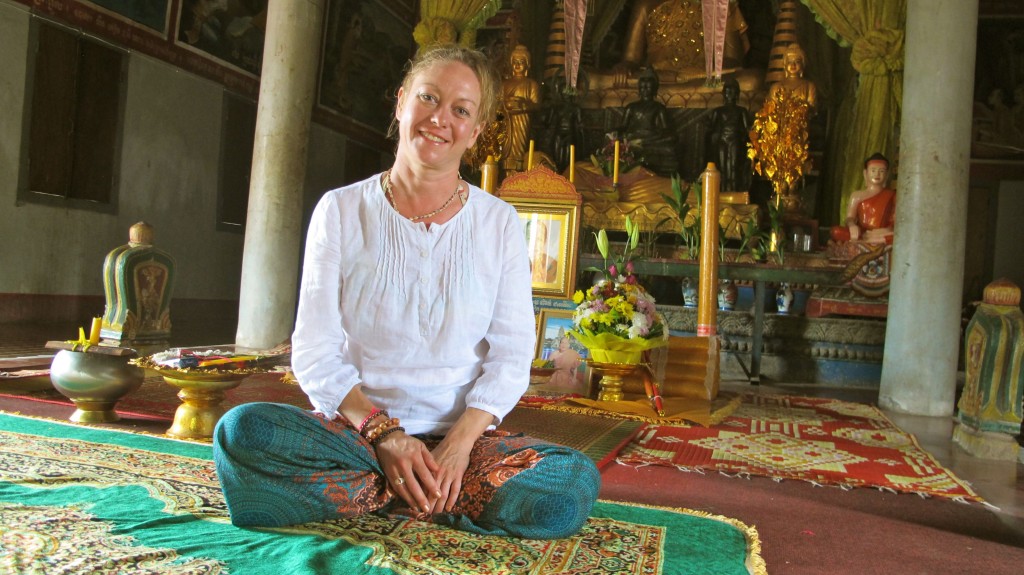
This means long cottons – both men and women need to cover up at Angkor Wat and other temples.
As most of Cambodia’s population is Buddhist, locals are tolerant people and are unlikely to express their feelings of disapproval towards travellers. After everything that they have been through in the last 40 years, Cambodians are grateful for the tourist presence and are humble and polite. It is unlikely that they will overtly or openly judge you on your choice of clothing.
Having said that, essentially it is a conservative country, especially in rural areas where locals are trying to hold onto their culture and values. As such, it is respectful to dress with discretion and not be too provocative. Long, loose and light clothing is best, especially at temples and pagodas. Such attire is culturally appropriate, comfortable and has the benefit of limiting your exposure to the sun and insects. If you’re at the beach, of course you are going to wear your bathers or swimmers in the water. When you come in, however, and subsequently walk the streets, it’s only proper to cover yourself by getting dressed again. Or, at least, cover up your semi-nudity with a sarong. A place where you will really need to cover up is at the top level of the Angkor Wat complex. Entrance requires shoulders and legs to be covered. A shawl is not suffice, you need full length sleeves or a top which covers your shoulders and breasts as a ‘bare’ minimum!
Tips for travelling in Cambodia: If you haven’t brought any long loose pants with you, you can buy Ali Barber pants locally, which are in abundance in markets across the country for US$3-5.
2. Be patient with technology and electricity
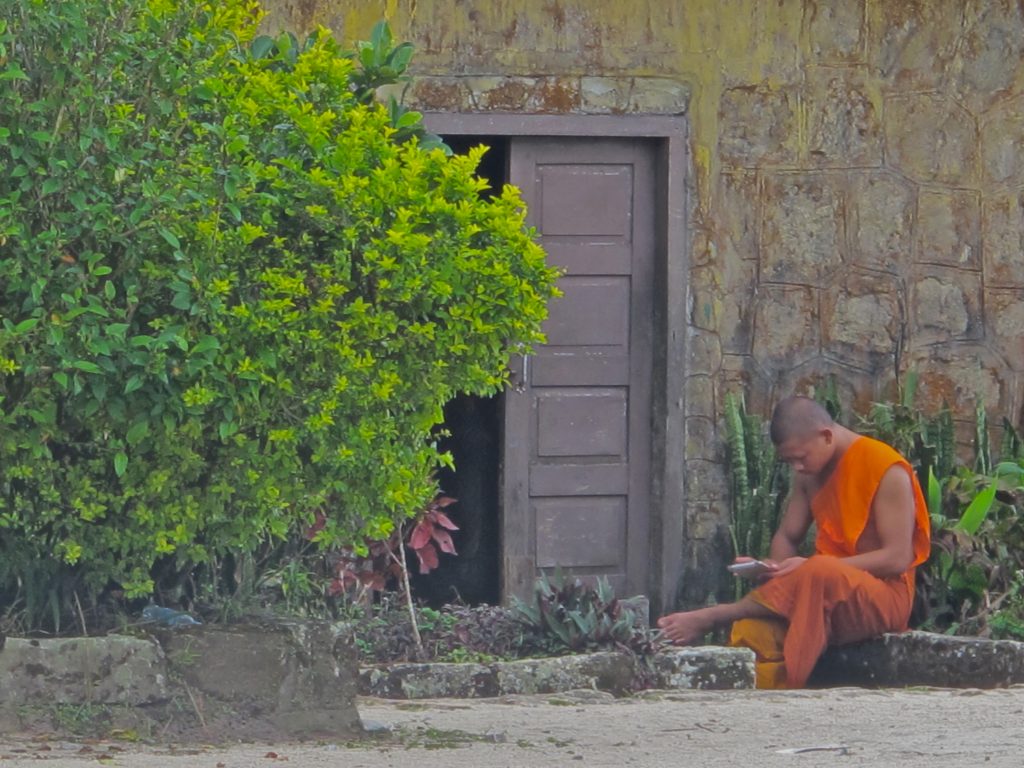
Even monks want to access their social media! (Monastery at Bokor Mountain)
When you travel, especially remotely, in Cambodia, you can’t expect everything to work like it does at home. And why would you? If you could access your Facebook, plug in your phone to an electrical socket and charge your camera all at once, that would be boring right? The quirks of power, or lack of, in developing countries always reminds me, to let go of my obsession with technology. There are locations where the electricity goes off – for parts of the day and/or night. Although Wifi is pretty widespread, it does drop out or is non existent in some places (for example in Koh Rong Samloem). It’s a good opportunity to switch off and enjoy what you are there to do – absorb and interact with the local people, and make the most of the nature, outdoor adventures and culture at your doorstep.
Tips for travelling in Cambodia: Go offline for awhile and be online in the present moment
3. Eat local food
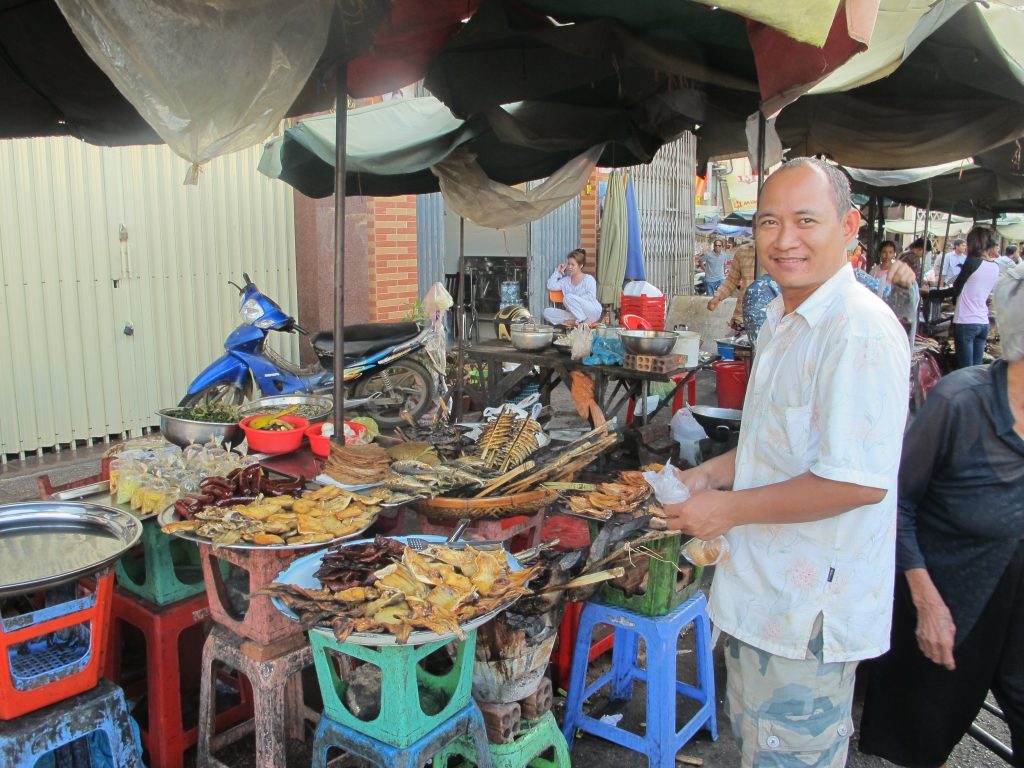
Mmm, um, maybe, crispy fish in Kep!?
‘Western’ food in Asia can fall short of expectations. After weeks of eating local Cambodian food, I made the fatal mistake of ordering a hamburger at a 4 star hotel – just for a change. It was one of the worst meals I’ve ever had. Go with what the locals cook best, their own cuisine. A lot of local foods contain garlic, chilli and spices, which can help ward off bacterial nasties. I’m not necessarily suggesting to eat from local street stalls, if that’s not to your liking. But be wary of foods which stray too far from the local favourites. My staples whilst in Cambodia were veggies and chicken (stir fries and curries), fried rice with bok choy, noodles and noodle soups. Be careful of eating red meat. Ask the restaurant where the meat has come from. Local meat may not have been stored hygienically, or been outdoors for long periods. When ingested, this can lead to some ugly stomach upsets!
Tips for travelling in Cambodia: Don’t expect to find many decent coffees or have high expectations of getting fresh milk – it is generally long life powdered milk. I did drink great coffee in Kep – at the Veranda Natural Resort!
4. Protect yourself from mosquitos
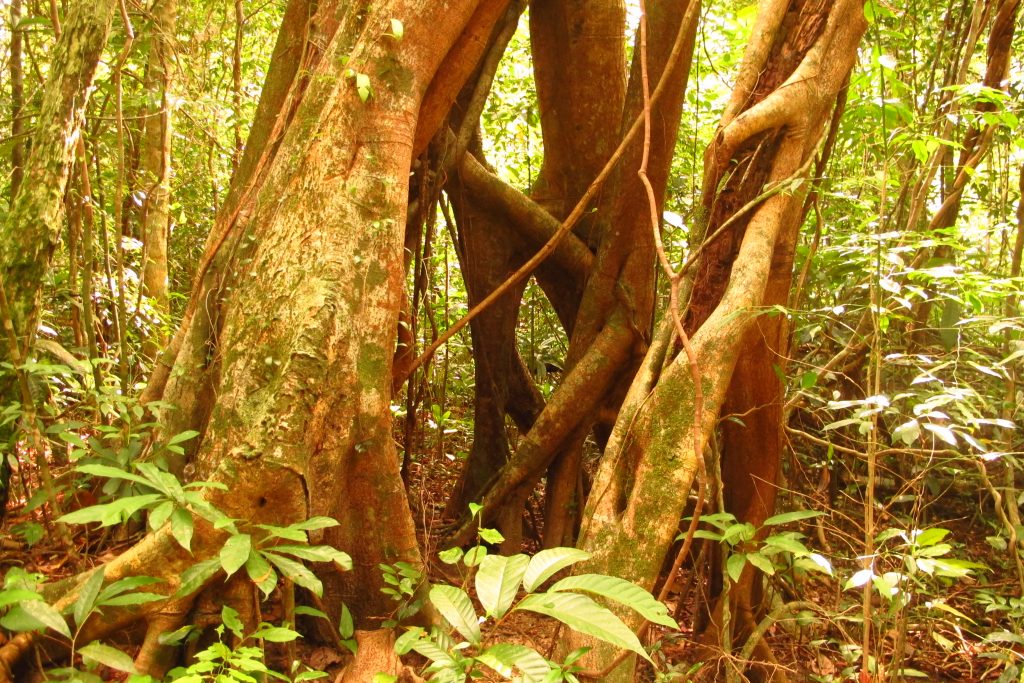
Jungle is Mosquito Territory!
Be alert but don’t be alarmed!
Like anywhere in the world, anything can happen at anytime. Despite the fear of contracting a mosquito borne disease like malaria or dengue fever, you actually have more control over contracting such a disease, than you would falling prey to the other unsavoury aspects of travel. You can’t predict if someone is going to try to rob you…but you can predict that there will be mosquitos! Protect yourself against bites – and give yourself a little reassurance that you are doing what you can to minimise your risk.
There is no need to be unnecessarily apprehensive about the insect and disease problem in Cambodia. Unless you are going more remote, for example to some of the islands off the coast or to parts of the jungle near the Cardamom Mountains.
Most of the bigger, more developed, cities like Siem Reap and Phnom Penh do not have a high incidence of these diseases – maybe the pollution keeps the mosquitos more at bay. However, as one never knows, it pays to be vigilant about protecting yourself against these dangers wherever you are.
If you are going off the beaten track, you might want to consider taking anti-malarial medication. The brand, Malarone is often considered a good option, as you are not required to take it for as long as some others on the market. I don’t take anti-malarial tablets – that’s just a personal choice. However this might be YOUR best solution – you should speak with your travel doctor several months before departure. Since there is no preventative medication for dengue fever, the best solution to avoid getting this mosquito-transmitted disease is simply – not to get bitten – or minimise the incidence of bites!
5 Tips for avoiding getting bitten by mosquitos:
Use an insect repellent like Deet – Bushman’s. Use spray, not cream, as it is easier to apply without getting it all over your hands. Don’t over do it and try to spray it in on your clothes rather than on your skin. My friend had her nail polish stripped by the DEET, so don’t underestimate its strength. I have tried natural insect repellant, citronella, tea tree, you name it. But if you are REALLY serious about mosquito protection, I am afraid the strong stuff is the way to go.
- Wear light coloured clothing, like white and beige. Insects are more attracted to bright colours. Ensure your clothing covers your arms and legs, and wear a light cotton scarf around your neck.
- Avoid fragrances. Mosquitos are drawn to the them.
- Be careful at all times – it is common to think that mosquitos mainly come out at dusk. It is true that mosquitos carrying malaria mostly strike when the sun is going down, however dengue mosquitos mostly transmit during the day.
- Use the accommodation’s mosquito net (most places have them in the rooms) or consider taking your own if you want to be sure.
5. Learn some local Khmer language
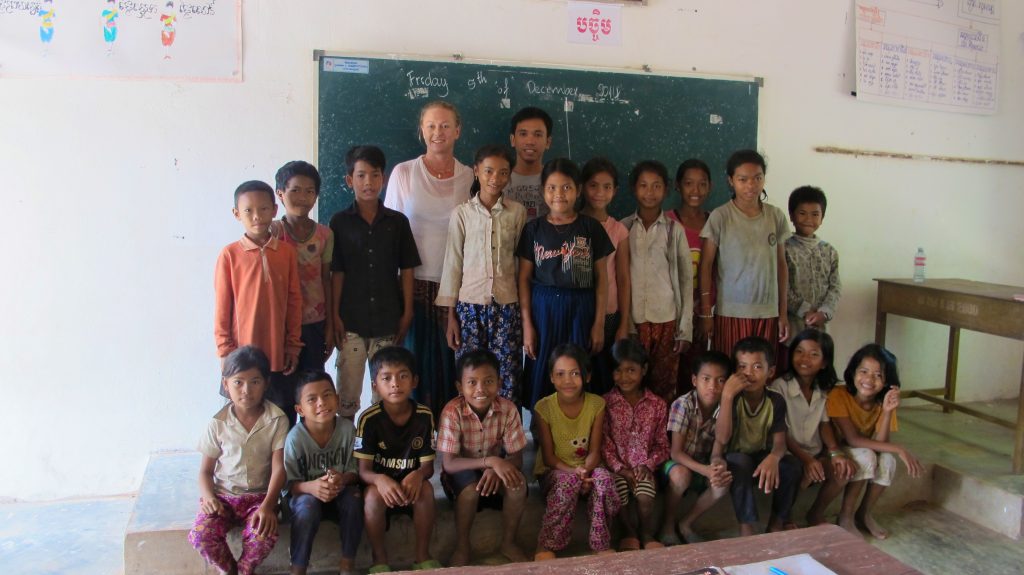
Learn some Khmer – and speak English with locals
There is nothing more powerful, that you can do, to connect with local people, than by using a few basics of the language. Speaking Khmer with people breaks the ice, it cracks a smile and demonstrates to them that you respect their local culture. You might not get it right, but the Cambodians will certainly be happy that you tried!
You can also turn around a harassing situation, quite easily into a humourous one with the exchange of just a few local words. As I walked down the street one night, I got the typical “you want tuk-tuk?” from a local driver. By now, I’d heard this about 3000 times in the space of 48 hours. It was becoming unnerving. I no longer knew what to do. Do I just ignore their screaming requests at me, or do I respond with “NO I DON’T WANT A TUK TUK, OTHERWISE I WOULD ASK!!”
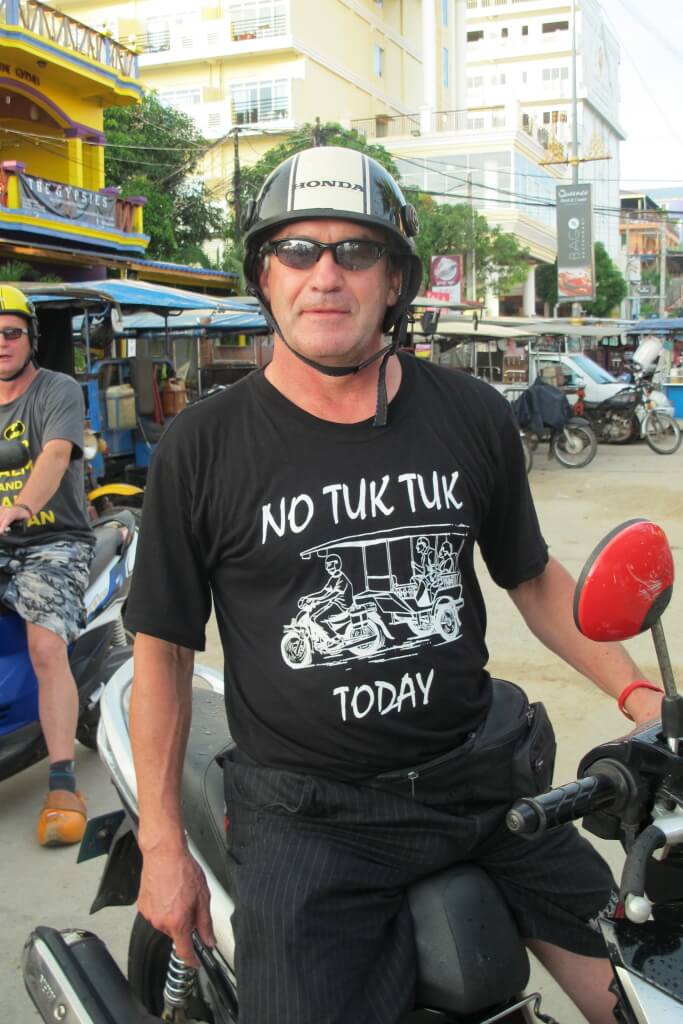
No Tuk Tuk Today, Sihanoukville, Cambodia
Instead, I responded with “Nah, Orkun.”
Simple as “No thank you. ”
It took him by surprise and he cackled, “You know Khmer?”
He forgot about asking me if I wanted to go somewhere. He accepted my response and we all left happier and less hassled. And the next time I walked down the same street, he gave me a wave and a laugh as I passed. I had, somewhat, of a new friend.
You can give the gift of language in many ways, also by taking time to speak with locals in English. I visited a school about 30 minutes out of Siem Reap. I couldn’t offer them much in the way of Khmer exchange but instead gave the children a presentation in English about Australia – showing them pictures of wildlife and landscapes from a calendar, which I left at the school. Nothing like a Kangaroo and colourful fish from The Great Barrier Reef to get the class excited! Communicating to others who speak different languages can be challenging at times, but with a little effort, the small stuff can sometimes be life changing. These school kids – well – they melted my heart! I’ve never seen a classroom so attentive and eager to learn!
Language tips for travelling in Cambodia:
- Pack a small phrasebook
- Download language applications to your tablet or phone
- Watch the below You Tube video to learn how to say some basic greetings in Khmer
Here is a summary of some words (in phonetic spelling) *how the words sound, not how they are spelt:
Goodbye: Lee Hi
Cambodia is a truly enchanting country and with keeping these tips in mind, you should have a hassle free, healthy and rewarding trip. Coming soon – Money Tips for Cambodia.
DISCLAIMER:
These tips should not be held as gospel, you should always consult a travel doctor or your GP (if they are up to speed with medical issues in your destination of travel) to assess your personal situation. Each traveller has individual needs based on medical history, previous vaccinations and intended itinerary. Book an appointment several months in advance of travel to ensure you allow enough time for necessary vaccinations, script filling and buying products for your medical kit.

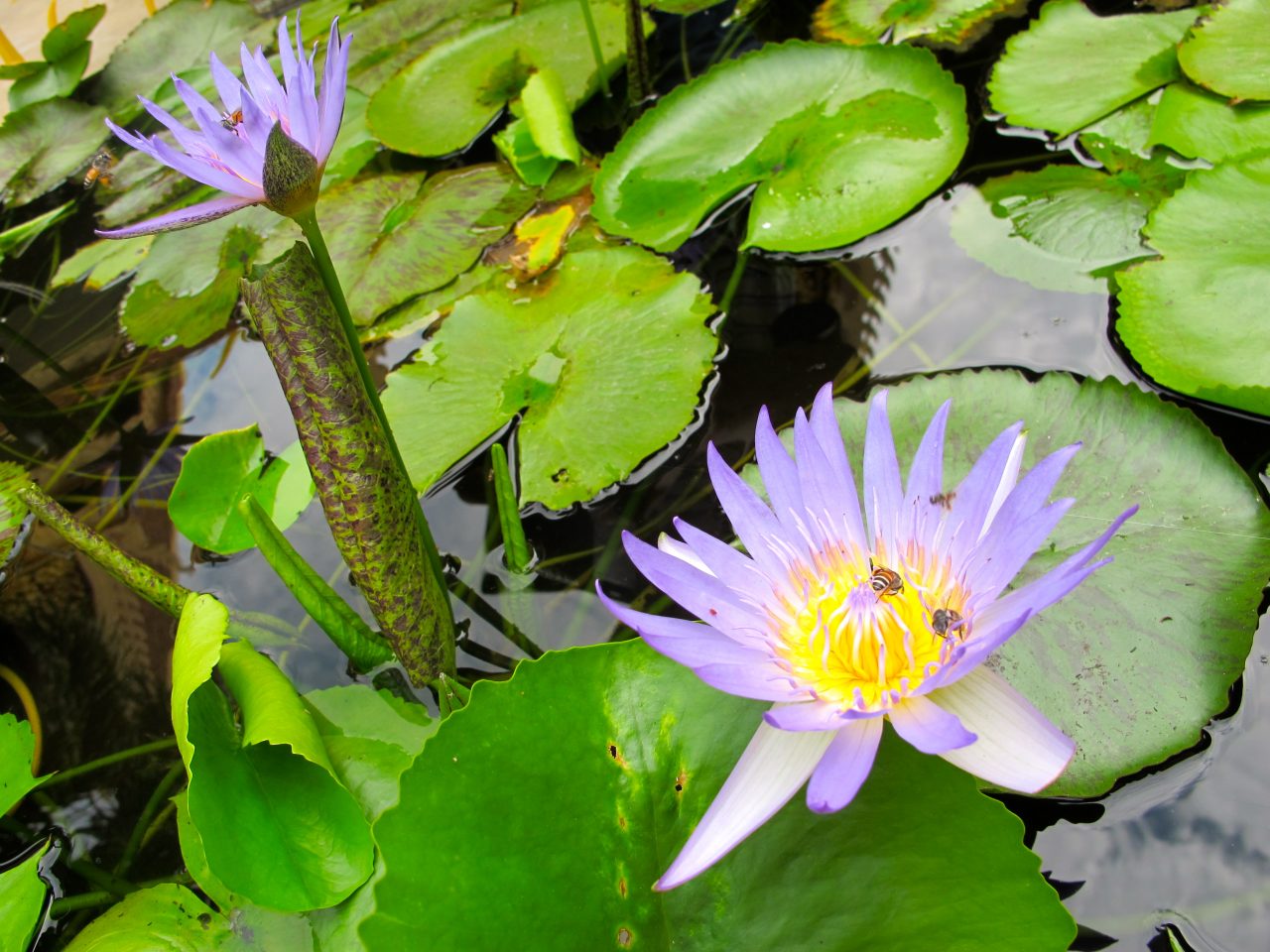
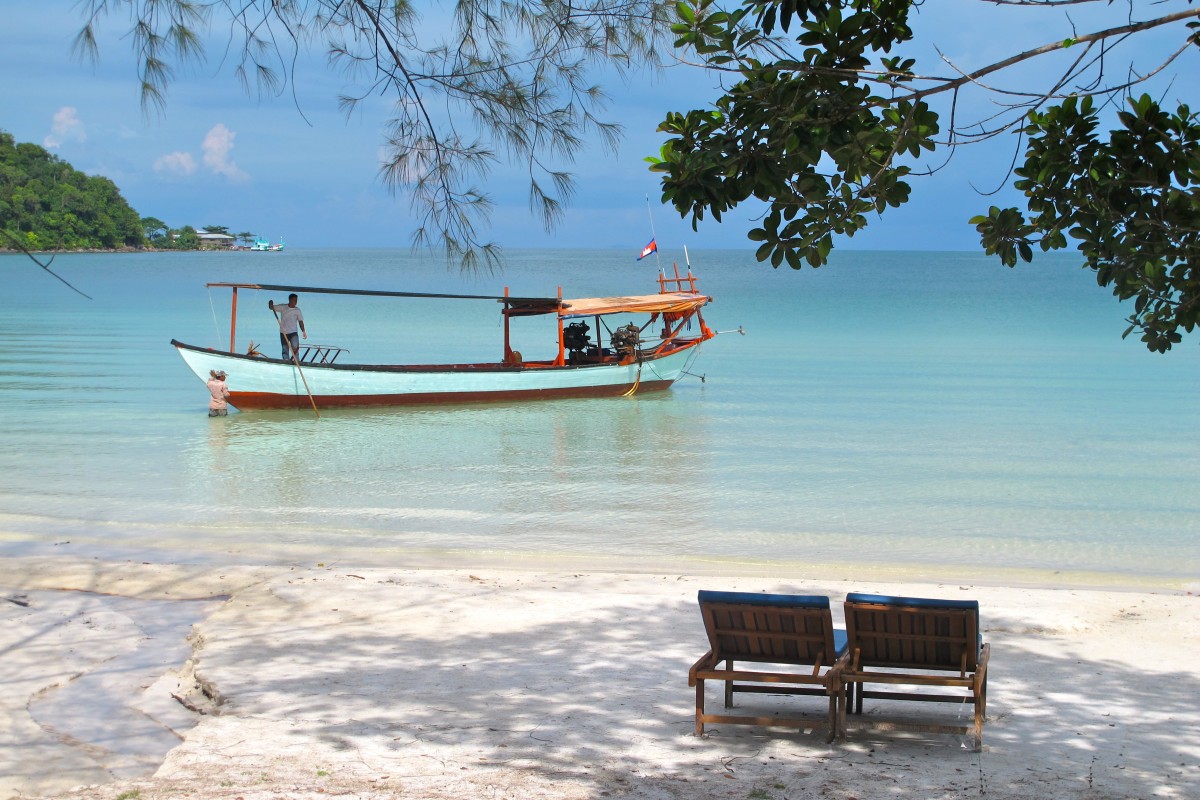
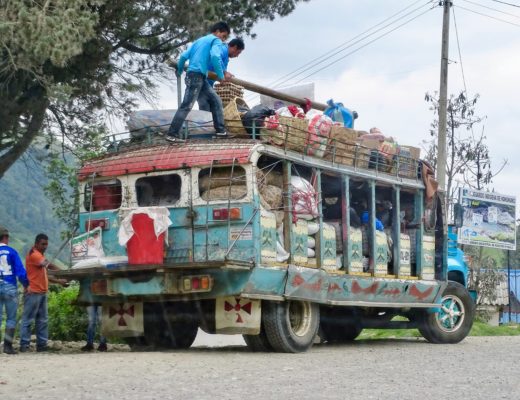
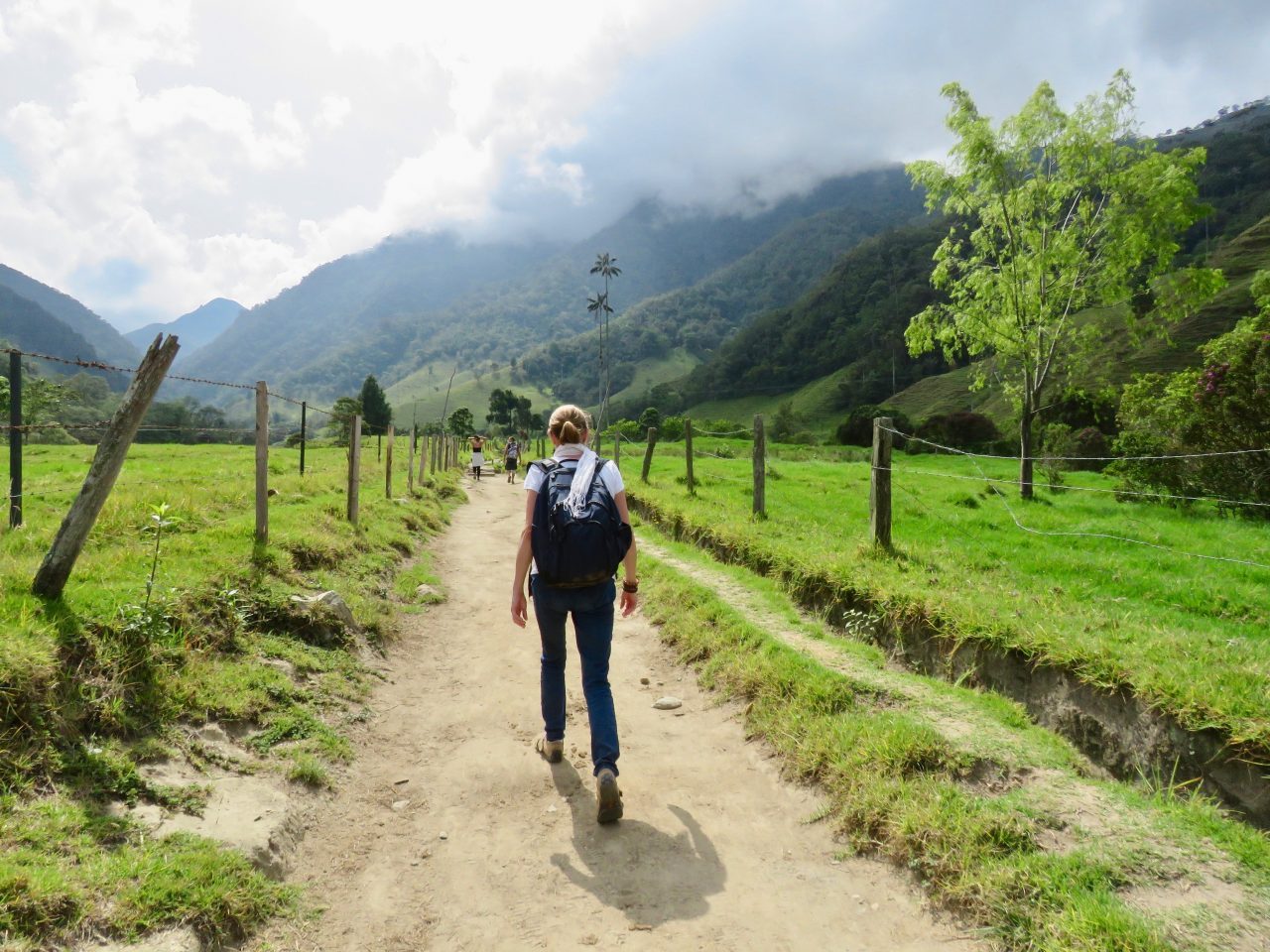



No Comments